“I have never seen such a ‘huge’ python in decades. Every python we catch is dangerous, but at this size, the danger is deadly. Even though we were restrained, our hands and feet kept shaking when I got close to it. One mistake was enough to send me to the hospital,” shared one python hunter.
Ryan Ausburn and Kevin Pavlidis (nicknamed Python Addict) are two python hunters hired by Florida state officials to capture Burmese pythons, a species considered invasive in the state.
According to Daily Mail, a duo of python hunters found the python they named “monster” last week in the L-28 Tieback Canal in Everglades National Park, Florida, United States.
“On October 2nd, we pulled this ‘monster’ out of waist-deep waters in the Everglades,” Pavlidis wrote on the Facebook page.
“I have never seen such a ‘huge’ python in decades. Every python we capture is dangerous, but at this size, the danger is deadly.
Even though I held back, my arms and legs kept shaking as I approached. One mistake was enough to put me in the hospital. I can come here every night, but it is very difficult to find a python of that size again,” Pavlidis added.
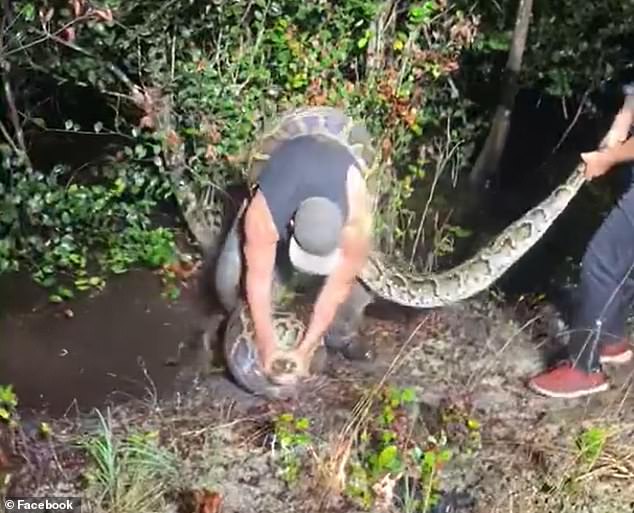

Ausburn brought the python to shore after catching it in a flooded area with Pavlidis. Photo: Facebook
Over the past two years, Pavlidis has captured more than 400 pythons. However, this time none of them are as big as the Burmese python.
Ausburn, Pavlidis and their assistant Angela Scafuro posted a video on how to subdue the “monstrous” python.


The Burmese python was quite large, making it difficult for Ausburn to control. Photo: Facebook
According to Ausburn’s Facebook post, he discovered the python in the water and grabbed its tail so Pavlidis could find its head.
“When I grabbed its tail and started pulling, the python immediately turned around and coiled around a tree. I had to use all my strength to stop it from escaping, while Pavlidis searched for its head,” Ausburn wrote on Facebook.
“Pavlidis quickly found and controlled the python’s head and gave it to me. I continued to struggle to hold the python’s head tightly, while Pavlidis kept it from wrapping itself tightly around me. It was truly a battle full of difficulties,” Ausburn shared.
On Oct. 8, the South Florida Water Resources Management Unit (SFWMD) directly measured the python’s size, according to WFOR-TV. It is 18.7 feet (5.76 meters) long, breaking the record for the longest Burmese python captured in Florida (18.7 feet (5.73 meters).
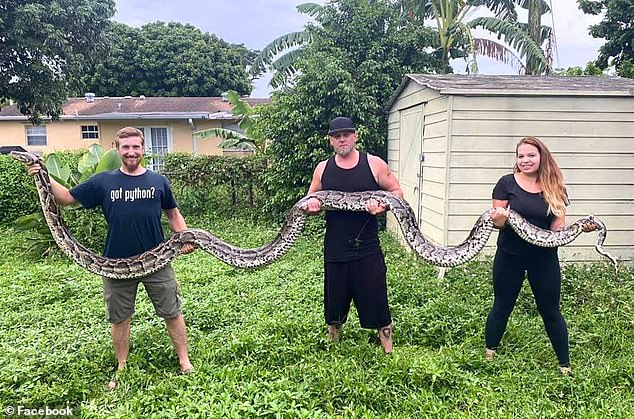
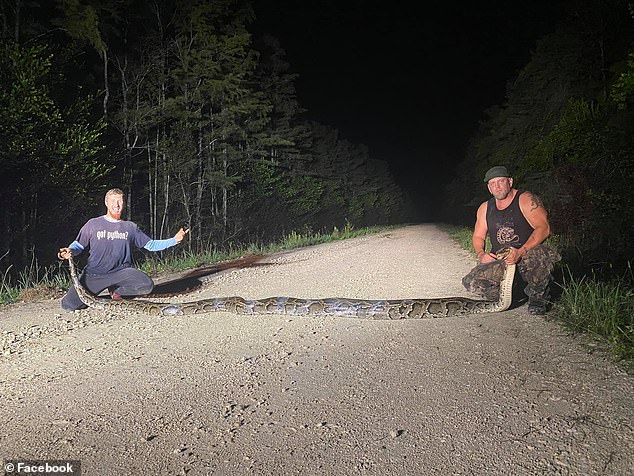
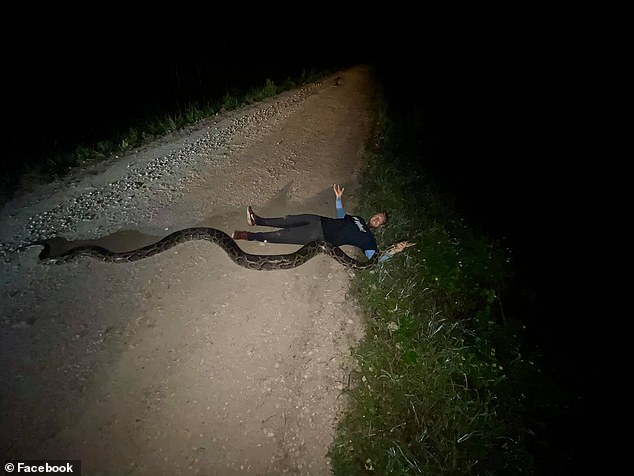
The captured Burmese python measured 5.76 metres long, breaking the previous record in the state of Florida. Photo: Facebook
Florida state wildlife agencies have been busy removing Burmese pythons from the Everglades in recent years. The invasive species is said to be disrupting the local ecosystem.
In September, wildlife officials celebrated after announcing that more than 5,000 Burmese pythons had been removed from the Everglades since removal efforts began three years ago.
In 2017, Florida wildlife agencies began paying hunters to capture and kill invasive species. Officials offer hourly rates to hunters and even offer bounties for record-length pythons.
The SFWMD website posted: “A 1.2-meter-long python will be paid $50 and an additional $25 for every 0.3 meters if the python is longer than 1.2 meters. Additionally, if a python is captured, egg protection costs an additional $200.”
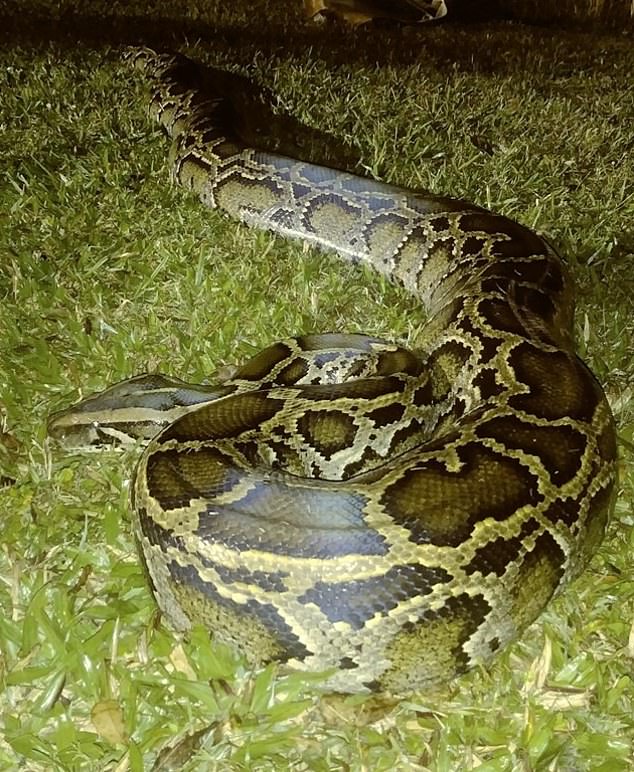
Burmese snakes are native to Southeast Asia and appeared in Florida, USA, more than 20 years ago. Photo by: DM
Burmese pythons, originally from Southeast Asia, were introduced to Florida, USA, more than 20 years ago. They reside in the Everglades and South Florida.
In Florida, releasing non-native species into the wild is illegal because it can negatively impact native wildlife and upset the balance of the ecosystem.
The number of Burmese pythons in the Everglades has not been precisely determined, but is estimated to be in the tens of thousands. They prey on native animal populations such as birds, rabbits and opossums. They also take away food sources from species such as crocodiles and leopards. Burmese pythons can grow to over 20 feet (6 meters) long and are considered one of the longest pythons in the world.




